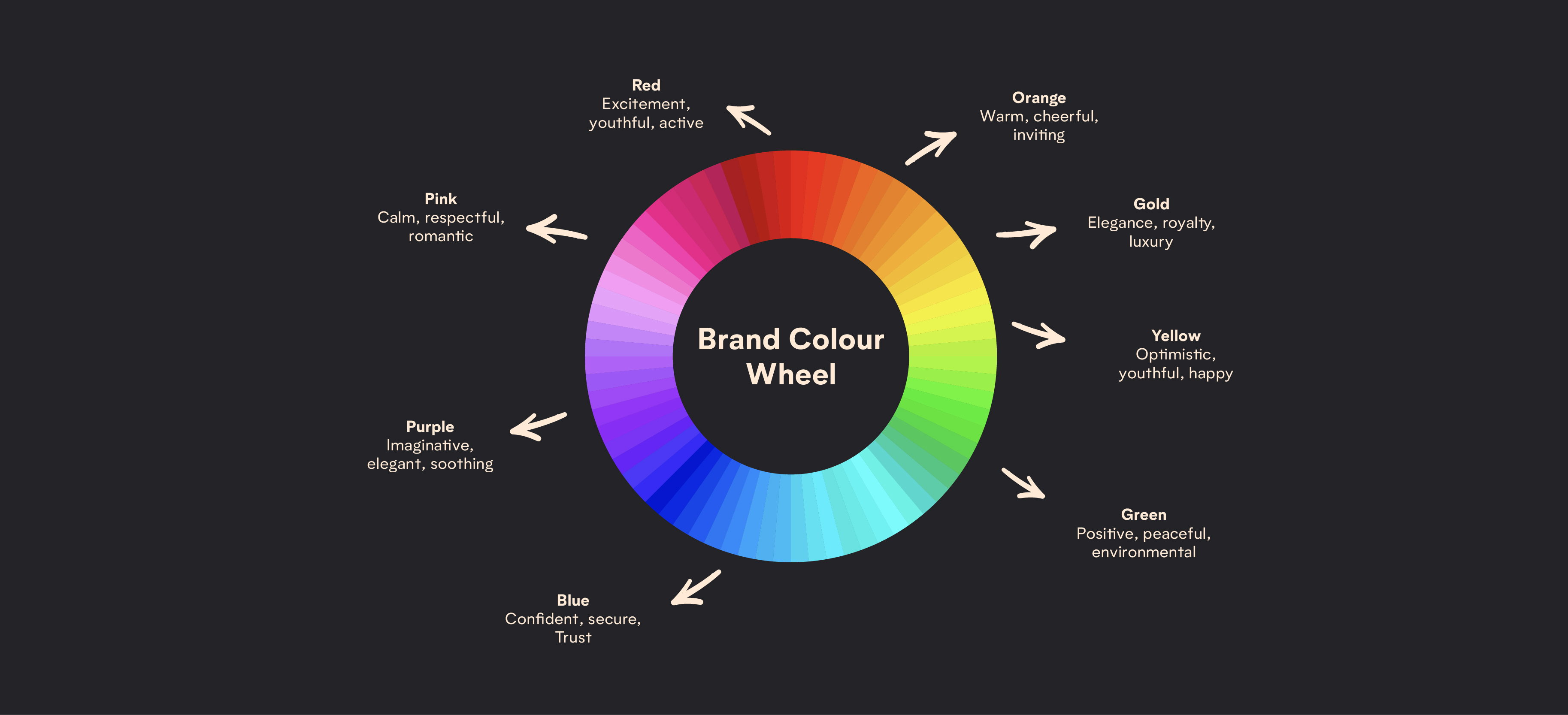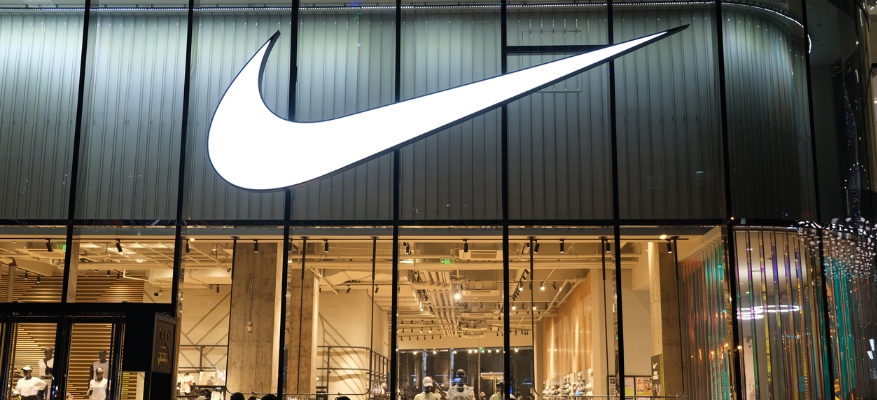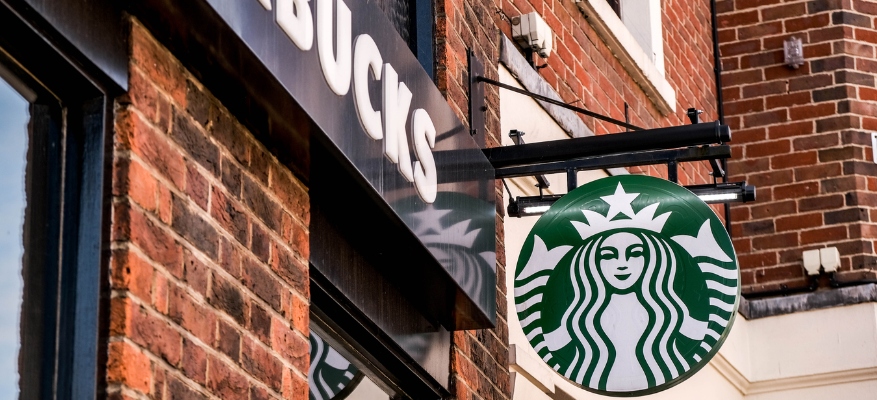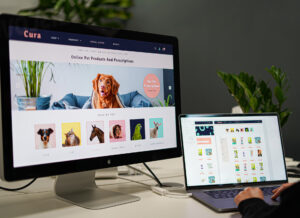Knowing what logo design mistakes to avoid is key to ensuring you’re happy with the final design.
Your logo forms a huge part of your brand so it needs to be right. Whilst it’s not your entire brand (which people can fall into the habit of thinking), it is one of the most recognisable parts of it. This means it needs to grab people’s attention and give them a reason to explore further.
According to research, the average person can’t concentrate on a single screen for more than 47 seconds.
This shows the importance of grabbing your audience immediately so that they want to Google your brand or look on your social media to learn about your products or services.
Even the best companies in the world would struggle with a poorly designed logo as this is often the gateway to people finding out what you do.
Logos need to be unique for each brand, not only visually, but also in the way they convey the message.
While logo design isn’t an exact science and there’s always room for some experimentation, some level of know-how is always needed. With this in mind, let’s look at how designers can get logos wrong, in order to get it right next time!











